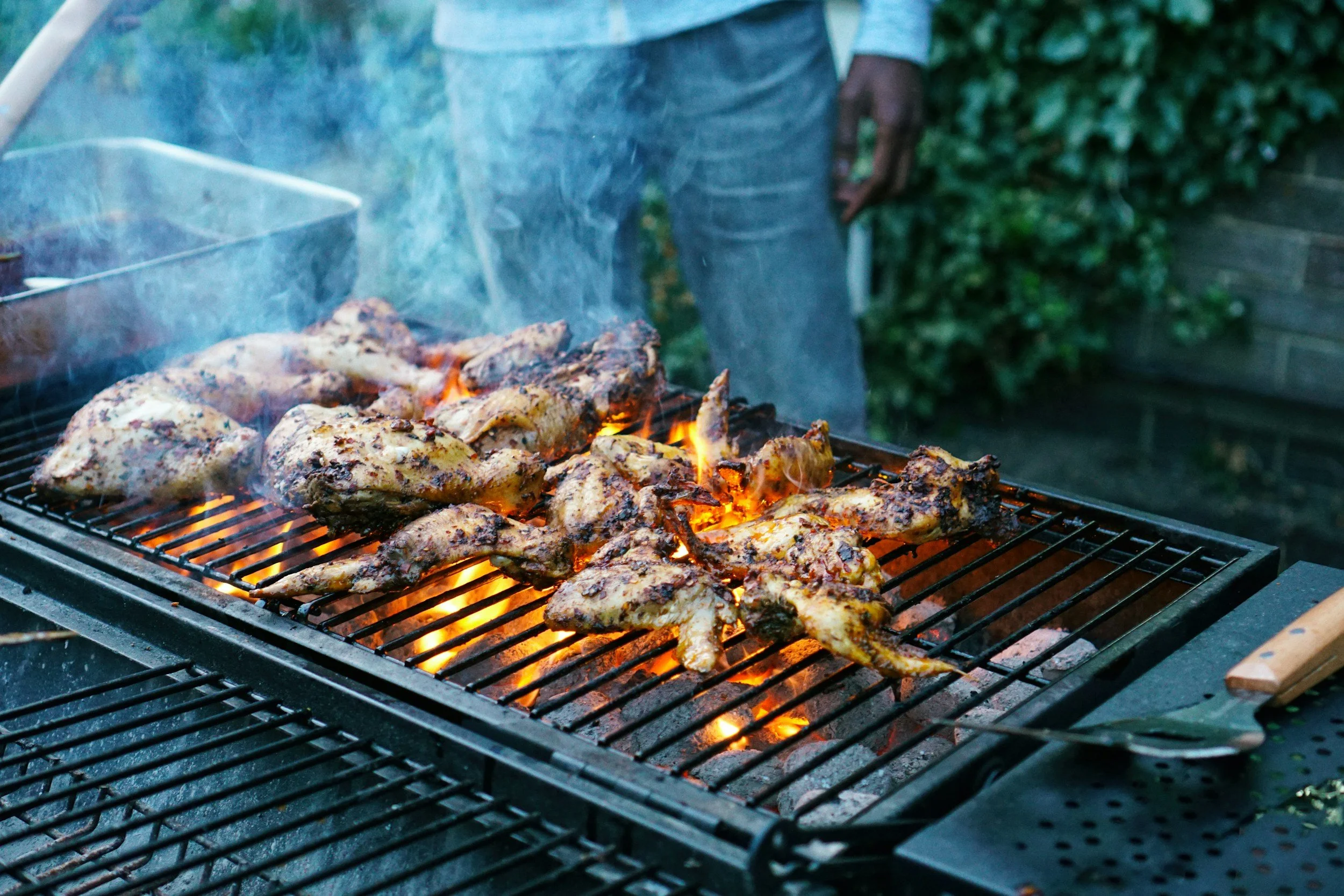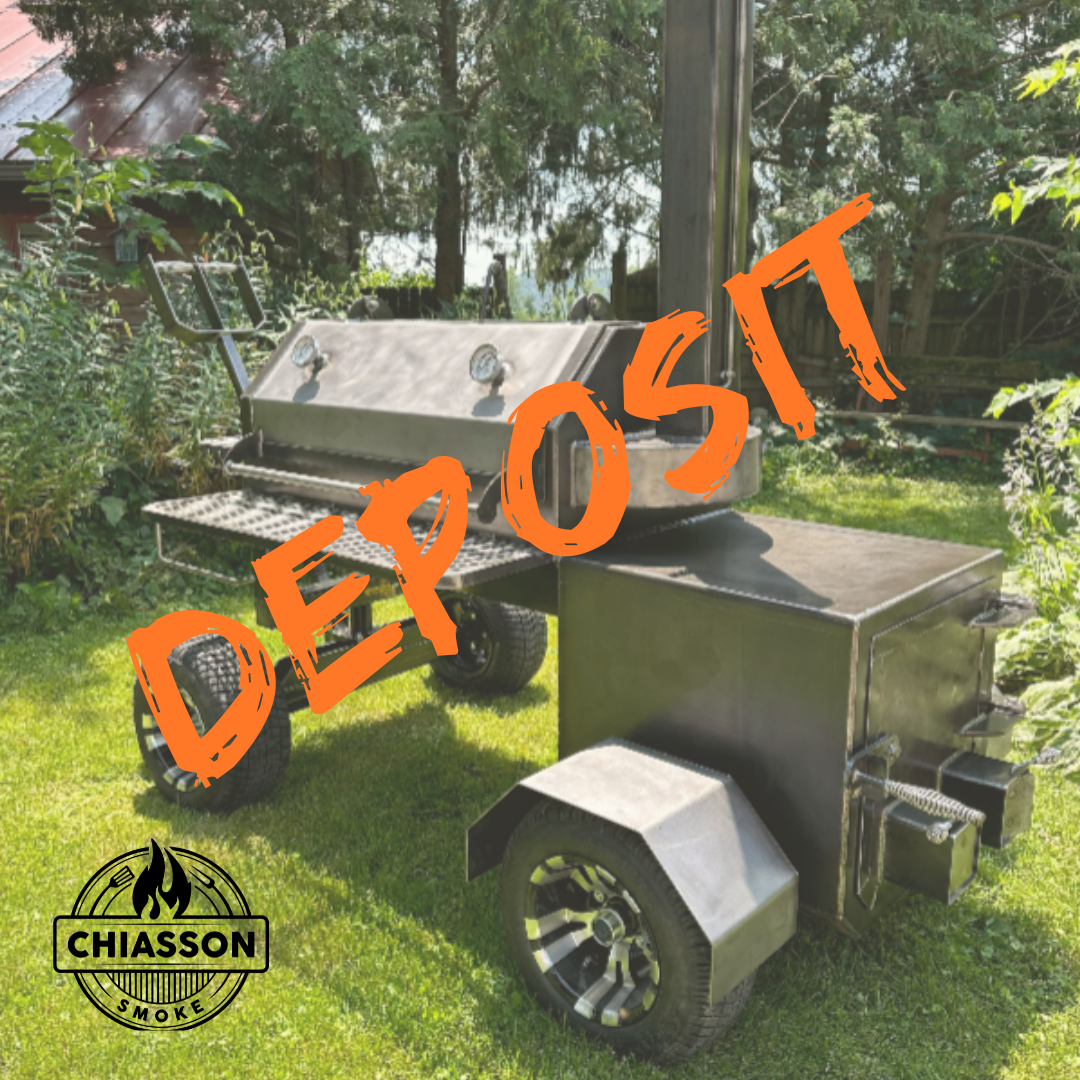Direct vs. Indirect Grilling
Ahhh… Good old grilling. The smell of sizzling meat, the sound of crackling charcoal, and the taste of a burger fresh off the grill can make anyone’s day better. But did you know there’s more than one way to grill? Two main styles—direct and indirect grilling—can change the way your food tastes and cooks. Let’s break it down in a fun, easy way so you’ll be the grill master at your next cookout.
What is Direct Grilling?
When you think of grilling, direct grilling is probably what pops into your mind. You light up your grill, toss the food right over the flames, and hear that satisfying sizzle. In direct grilling, the heat comes from right under the food. It’s hot, fast, and perfect for foods that don’t need a lot of time to cook.
The Best Foods for Direct Grilling
Steaks, burgers, hot dogs, sausages, chicken breasts, and veggies like peppers and zucchini love direct heat. These foods are small or thin enough to cook through before the outside burns. That quick blast of heat gives them a nice sear—those tasty grill marks everyone loves.
What is Indirect Grilling?
Indirect grilling is like turning your grill into an oven. Instead of putting the food right over the flames, you keep the fire on one side and the food on the other. This means the heat circles around the food, cooking it slowly and evenly. It’s a little slower but worth the wait.
The Best Foods for Indirect Grilling
Bigger cuts of meat—like whole chickens, pork shoulders, ribs, or brisket—need more time. If you put a big roast over direct heat, the outside will burn while the inside stays raw. Indirect grilling lets you cook big stuff all the way through without burning the outside.
Why Use Both?
Good grillers often switch between direct and indirect grilling. You can sear a steak on direct heat to get those grill marks, then slide it to the cooler side to finish cooking without burning. This is called a two-zone fire, and it’s a secret weapon for grilling success.
How to Set Up Direct Grilling
It’s easy! Light your charcoal and spread it evenly under the cooking grate. If you have a gas grill, turn on all the burners. Once it’s hot, slap your food right over the flames and let it sizzle.
How to Set Up Indirect Grilling
With charcoal, push the hot coals to one side of the grill or split them into two piles on each side, leaving the middle empty. Put your food in the empty space. For gas grills, turn on only half the burners and put the food over the unlit side. Close the lid to trap the heat.
Why Does It Matter?
Cooking with direct or indirect heat can make the difference between juicy meat and burnt dinner. Direct heat cooks food fast and gives it a charred, smoky crust. Indirect heat cooks food slowly, letting flavors build up without burning.
Tips to Be a Grilling Pro
Want to sound like a grill genius? Here are a few quick tips:
When using indirect heat, keep the lid closed as much as possible. This traps heat like an oven.
Use a meat thermometer to make sure your food is cooked safely.
Don’t flip your food too much. Let it sit and sear.
Let your meat rest a few minutes after cooking so the juices don’t run out.
The Magic of Searing and Slow Cooking
Imagine cooking a big piece of pork. If you only use direct heat, you’ll get burnt edges and raw meat inside. If you only use indirect heat, you might not get that tasty crust. But if you use both, you sear the outside first, then move it away from the fire to finish slowly. The result? Crispy outside, tender inside.
Playing with Flavors
Direct and indirect grilling don’t just change how food cooks—they change how it tastes. Direct heat gives smoky char marks. Indirect heat lets you add wood chips for extra smoke flavor. You can try applewood, hickory, or mesquite to make ribs or brisket taste amazing.
Common Mistakes
One mistake is putting a huge piece of meat right over direct heat. It’ll look done outside but will be raw in the middle. Another mistake is peeking too much when using indirect heat. Every time you lift the lid, you lose heat and slow down the cooking.
Tools You’ll Want
You don’t need fancy tools, but a few things help. Long-handled tongs keep your hands safe. A meat thermometer helps you know when food is ready. A grill brush keeps the grate clean so food doesn’t stick. And if you want smoky flavor, wood chips are your friend.
Safety First
Always keep a spray bottle of water handy for flare-ups. Don’t wear loose sleeves that can catch fire. And never leave your grill alone. Even pros keep an eye on their fire.
Try This at Your Next Cookout
Next time you grill, try both styles. Cook burgers directly over the fire for a quick dinner. Or, for a weekend project, try indirect grilling with ribs. Rub them with spices, cook them low and slow on the cool side of the grill, and you’ll impress everyone.
Bringing People Together
One of the best things about grilling is sharing it with family and friends. Whether you’re flipping burgers or smoking ribs all afternoon, you’re making memories. Learning how to use direct and indirect heat gives you more ways to wow your guests.
Final Thoughts
Grilling isn’t just about fire and food. It’s about knowing how heat works and using it to make food taste great. Now that you know the difference between direct and indirect grilling, you can handle any cookout challenge. So light that fire, pick your method, and enjoy every tasty bite!
Grilling season is always here if you want it to be. So grab your tongs, invite your friends, and show off what you’ve learned. Happy grilling!







